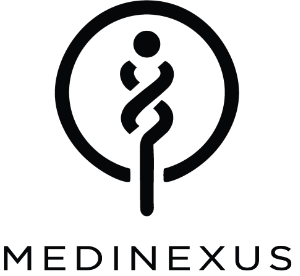DOI: https://doi.org/10.1016/j.jep.2023.117017
Yun-Tai Chen 1,2, Pei-Hsin Chen 3, Fang-Yu Chou 4, Sheng-Hao Lin 5, Sung-Yen Huang 2, Ming-Chung Lee 6, Yu-Jun Chang 7, Po-Chi Hsu 4,8, Lun-Chien Lo 8,9
1Graduate Institute of Chinese Medicine, China Medical University, Taichung, Taiwan 2Department of Chinese Medicine, Changhua Christian Hospital, Taiwan 3Department of Chinese Medicine, Yunlin Christian Hospital, Yunlin, Taiwan 4Department of Traditional Chinese Medicine, Kuang Tien General Hospital, Taiwan 5Division of Chest Medicine, Changhua Christian Hospital, Taiwan 6Brion Research Institute of Taiwan, New Taipei City, Taiwan 7Big Data Center, Changhua Christian Hospital, Taiwan 8School of Chinese Medicine, China Medical University, Taichung, Taiwan 9Department of Chinese Medicine, China Medical University Hospital, Taichung, Taiwan
Abstract
Ethnopharmacological relevance
Nursing home-associated pneumonia (NHAP) is a common type of infection among long-term care residents. Moreover, the mortality of NHAP is also higher than community-acquired pneumonia (CAP). In traditional Chinese medicine (TCM), the decoctions of Banxia Houpo Tang (BHT) and Ding Chuan Tang (DCT) are two formulas supporting the lungs’ natural defense systems, helps to expel mucus and promote detoxification.
Aim of the study
We designed a concentrated Chinese herbal extract formula called BDT1, that combines the compounds of BHT and DCT. In this study, we evaluated the safety and efficacy of BDT1 for NHAP prevention in high-risk older residents in the nursing home.
Materials and methods
In this randomized, double-blind, placebo-controlled trial, 160 participants aged over 65 years old living in the nursing home were randomly assigned 1:1 to the BDT1 and placebo group. Besides regular medicine, participants received either BDT1 or a placebo for 12 consecutive weeks. The primary outcome was the hospitalization rate for pneumonia in the intervention period and half-year follow-up. The microscopic examination of Gram-stained sputum was also evaluated before and after the trial. Data were analyzed by using the Chi-square test and Wilcoxon Signed Ranks Test with SPSS.
Results
A total of 160 participants were enrolled into two study groups in this study, which was completed with 143 participants analyzed, including 70 subjects in the BDT1 group and 73 subjects in the placebo group. After the 12-week medical treatment, the hospitalization rate for pneumonia was 10.0% and 34.2% in the BDT1 and placebo group respectively. The risk of pneumonia in half a year was lower in the BDT1 group (adjusted hazard ratio = 0.422, 95% CI = 0.226–0.791). Compared to the placebo group, the level of Gram-negative bacilli in the BDT1 group is significantly declined in sputum samples (p < 0.05).
Conclusion
In conclusion, the cumulative incidence of pneumonia and related-hospitalization rates declined significantly after 12-weeks of BDT1 treatment. Besides, Chinese herbal medicine BDT1 is a safe therapy without hepatotoxicity or nephrotoxicity.


